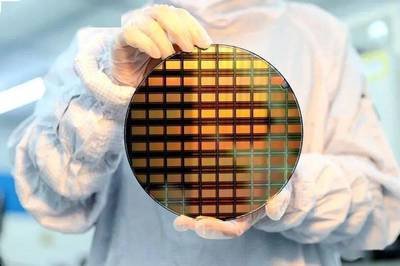
In recent years, optical sensor chip technology has made remarkable progress, which has greatly promoted the development of many fields such as BSO150N03 robot and automatic driving. As a core component, optical sensor chip can accurately capture and process optical signals, realize efficient image recognition and data processing, and is widely used in various high-tech equipment.
First, the application of optical sensor chips in the field of robotics has made important breakthroughs. Modern robot technology is developing in the direction of becoming more intelligent and flexible, and optical sensor chips provide vital technical support for it. Traditional robots rely mainly on mechanical and electrical systems for control, but this approach often does not perform well in complex environments.
The introduction of optical sensor chip enables the robot to more accurately perceive the surrounding environment and identify the shape, distance, material and other information of the object. For example, optical sensing chips can help robots identify and classify different products on factory production lines, greatly improving production efficiency and product quality. In addition, in the field of service robots, optical sensor chips can help robots better interact with people, realize face recognition, gesture recognition and other functions, and improve user experience.
Secondly, the application of optical sensor chips in autonomous driving technology also shows great potential. Autonomous vehicles need to acquire road information through a variety of sensors for complex environmental perception and decision-making. As an important component, the optical sensor chip can provide high-resolution images and accurate distance measurement to provide reliable data support for the autonomous driving system. Although traditional radar and ultrasonic sensors have their advantages in some aspects, they are difficult to compare with optical sensor chips in resolution and accuracy. LiDAR technology, for example, uses optical sensing chips to accurately measure the position and shape of objects by firing laser beams and receiving reflected signals. In practical applications, optical sensor chips can help autonomous vehicles better identify important information such as road signs, pedestrians, and other vehicles to ensure driving safety and efficiency.
In addition to applications in the field of robotics and autonomous driving, optical sensor chips also show broad application prospects in many other fields. For example, in the medical field, optical sensing chips are used to develop high-precision imaging devices and diagnostic tools to help doctors perform precise disease diagnosis and treatment. In the field of consumer electronics, optical sensing chips are widely used in smartphones, tablets and other devices to achieve high-quality photography and facial recognition functions. In addition, in high-end fields such as aerospace and military, optical sensor chips also play an important role in promoting technological progress and innovation.
The rapid development of optical sensor chip technology is inseparable from the continuous efforts and technological innovation of researchers. In recent years, research institutions and enterprises around the world have invested a lot of resources to improve the performance and application range of optical sensing chips. For example, by improving the manufacturing process, the resolution and sensitivity of optical sensing chips have been significantly improved, enabling them to work stably in more complex environments. In addition, with the development of artificial intelligence technology, the combination of optical sensor chips and AI algorithms has also become a research hotspot, further improving its data processing capabilities and application effects.
However, the development of optical sensing chips also faces some challenges. For example, the cost problem has always been an important factor restricting its wide application. Despite the continuous progress of technology, the manufacturing cost of high-performance optical sensor chips is still high, which limits its market promotion and popularity to a certain extent. In order to solve this problem, researchers and enterprises are actively exploring new materials and manufacturing technologies to reduce costs and improve production efficiency.
In addition, data security and privacy protection are also issues that need attention in the application process of optical sensor chips. With the wide application of optical sensor chips in various fields, massive images and data are constantly collected and processed, how to ensure the security and privacy of these data has become an important topic. For example, in the field of autonomous driving, road information and pedestrian data collected by vehicles need to be strictly protected against leakage and abuse. To this end, companies and research institutions need to work together at the technical and regulatory levels to develop sound data protection mechanisms and security standards.
To sum up, the latest progress in optical sensor chip technology has injected new impetus into the development of robotics, autonomous driving and other fields. Through continuous technological innovation and application exploration, optical sensor chips will certainly play an important role in more fields and promote scientific and technological progress and social development. In the future, with the further maturity and popularization of technology, optical sensor chips are expected to bring more intelligent and convenient life experience to human beings.
The Products You May Be Interested In
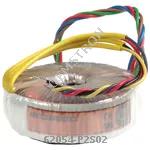 |
62054-P2S02 | XFRMR TOROIDAL 15VA CHAS MOUNT | 107 More on Order |
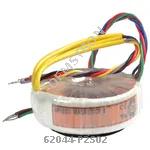 |
62044-P2S02 | XFRMR TOROIDAL 10VA CHAS MOUNT | 336 More on Order |
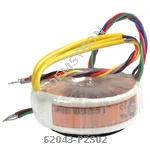 |
62043-P2S02 | XFRMR TOROIDAL 10VA CHAS MOUNT | 304 More on Order |
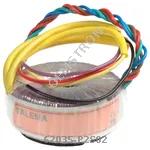 |
62035-P2S02 | XFRMR TOROIDAL 7VA CHAS MOUNT | 369 More on Order |
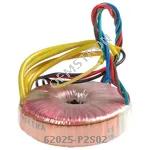 |
62025-P2S02 | XFRMR TOROIDAL 5VA CHAS MOUNT | 218 More on Order |
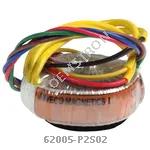 |
62005-P2S02 | XFRMR TOROIDAL 1.6VA CHAS MOUNT | 426 More on Order |
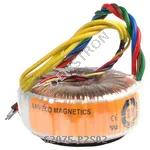 |
62075-P2S02 | XFRMR TOROIDAL 35VA CHAS MOUNT | 406 More on Order |
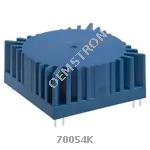 |
70054K | XFRMR TOROIDAL 15VA THRU HOLE | 262 More on Order |
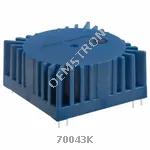 |
70043K | XFRMR TOROIDAL 10VA THRU HOLE | 309 More on Order |
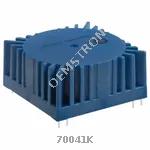 |
70041K | XFRMR TOROIDAL 10VA THRU HOLE | 157 More on Order |
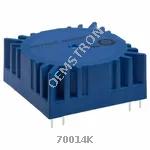 |
70014K | XFRMR TOROIDAL 3.2VA THRU HOLE | 309 More on Order |
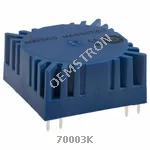 |
70003K | XFRMR TOROIDAL 1.6VA THRU HOLE | 140 More on Order |
 |
70002K | XFRMR TOROIDAL 1.6VA THRU HOLE | 280 More on Order |
 |
70025K | XFRMR TOROIDAL 5VA THRU HOLE | 226 More on Order |
 |
62082-P2S02 | XFRMR TOROIDAL 50VA CHAS MOUNT | 277 More on Order |
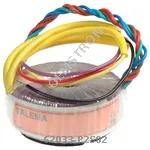 |
62033-P2S02 | XFRMR TOROIDAL 7VA CHAS MOUNT | 360 More on Order |
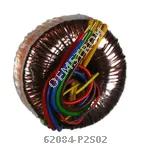 |
62084-P2S02 | XFRMR TOROIDAL 50VA CHAS MOUNT | 607 More on Order |
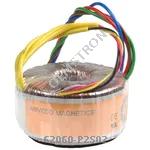 |
62060-P2S02 | XFRMR TOROIDAL 25VA CHAS MOUNT | 3963 More on Order |
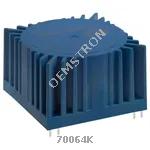 |
70064K | XFRMR TOROIDAL 25VA THRU HOLE | 2293 More on Order |
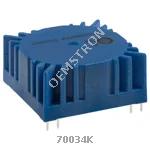 |
70034K | XFRMR TOROIDAL 7VA THRU HOLE | 674 More on Order |
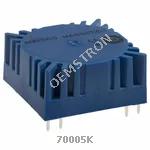 |
70005K | XFRMR TOROIDAL 1.6VA THRU HOLE | 401 More on Order |
 |
AC1200 | CURR SENSE XFMR 200A T/H | 119 More on Order |
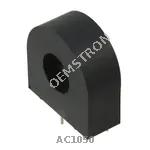 |
AC1050 | CURR SENSE XFMR 50A T/H | 409 More on Order |
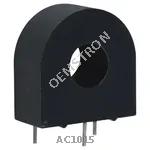 |
AC1015 | CURR SENSE XFMR 15A T/H | 287 More on Order |

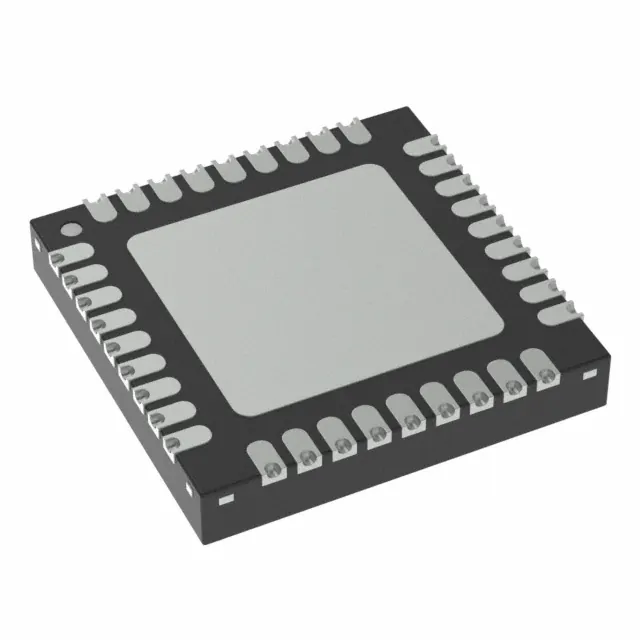 Semiconductors
Semiconductors









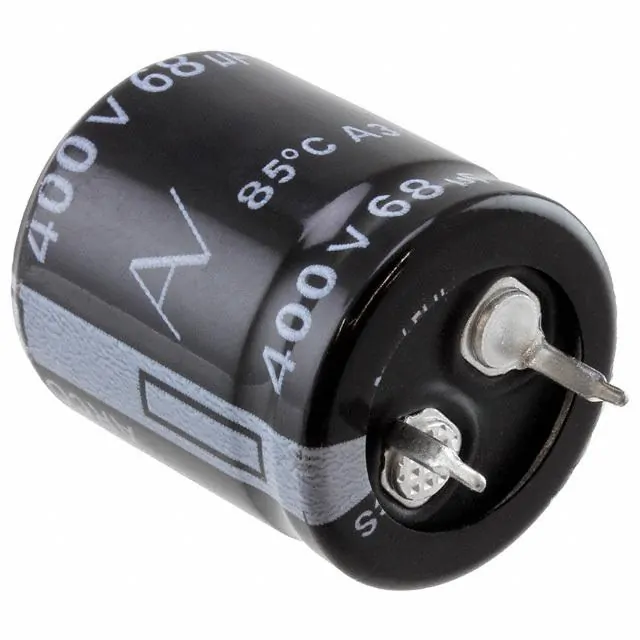 Passive Components
Passive Components









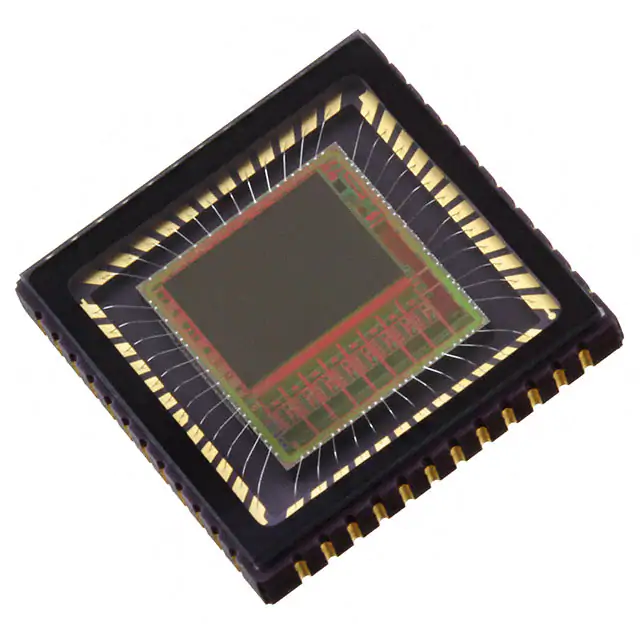 Sensors
Sensors








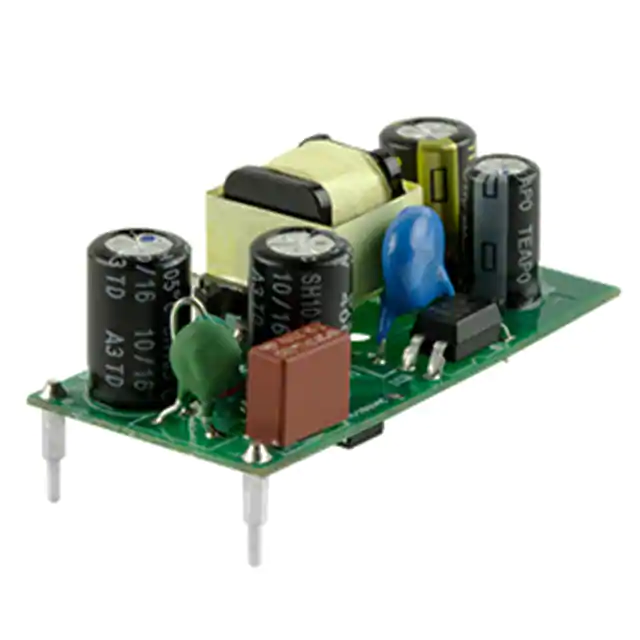 Power
Power









 Optoelectronics
Optoelectronics








